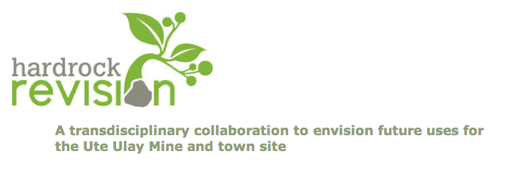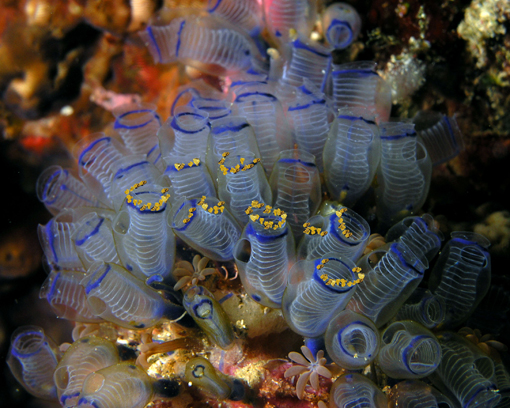Hard Rock Revision
Posted on July 30, 2011 | posted by:Hardrock Revision will use a boundary-crossing transdisciplinary approach to envision new solutions for the inactive Ute Ule Silver Mine. LKA International, owner of the mine, has proposed donating the mill and town site to Hinsdale County.
An international team of 7 individuals hailing from disciplines such as poetry, public art, public history, sculpture, new media, landscape architecture and engineering have convened in Lake City Colorado. Over the course of one month various scientists are providing their expert insights on the geology, hydrology, biology and archeology of the mill and town site. The project is administered by Colorado Art Ranch, a nomadic artist residency program founded on the belief that the arts are a catalyst for change.
Moose Cabin at the Texan Resort is host to the constant flow of scientists over the course of the Hard Rock Revision project. Apart from the in-depth and engaging conversations that take place during the day, it is a treat to stay late into the evening to chat about miscellanea with intellectuals. Recently, the geologist Rob Blair stayed a night. By day the team learned about the geology of the San Juan’s on a micro and macro scale. By night, sitting under the placid stare of a mounted moose head above the fireplace, Rob opened up another avenue of thought to ponder – sea squirts.
Apparently sea squirts are the only creature with vanadium coursing through their circulatory system. Vanadium as you might or might not know is a heavy metal, and in the ocean this element can only be detected using finely tuned scientific equipment. Somehow the feeble sea squirt has evolved as a magnet in a haystack, in some cases concentrating vanadium to a level one million times that of the surrounding sea water. Why should anyone care about the feeble sea squirt? In gold country I have learned about new technologies and methods to extract gold from ore. The latest strategy is cyanide heap leach mining, in which a large area is prepared with a liner, ore piled high inside, and cyanide pumped over the top of the pile to leach out the gold. In tragic instances, this method fails with grave environmental consequences.
Back to the evening conversations – Rob Blair is describing in detail the sea squirt in all it’s glory and I am questioning where the conversation is going. He then began to describe how much gold was present in the oceans, suspended as microscopic particles. If the feeble sea squirt was capable of absorbing vanadium, perhaps a similar organism could be engineered to attract gold from its surrounding saline environment. Maybe it is a plant, or another type of organism. How much value would this creature capture? Gold is currently priced at $1,600/oz, while one square mile of ocean can contain as much as 25 tons of gold. The value of a miracle organism with an appetite for gold could yield almost 1.3 billion dollars, however the unintended consequences might be considerable, perhaps even comparable to dripping cyanide through ore.



